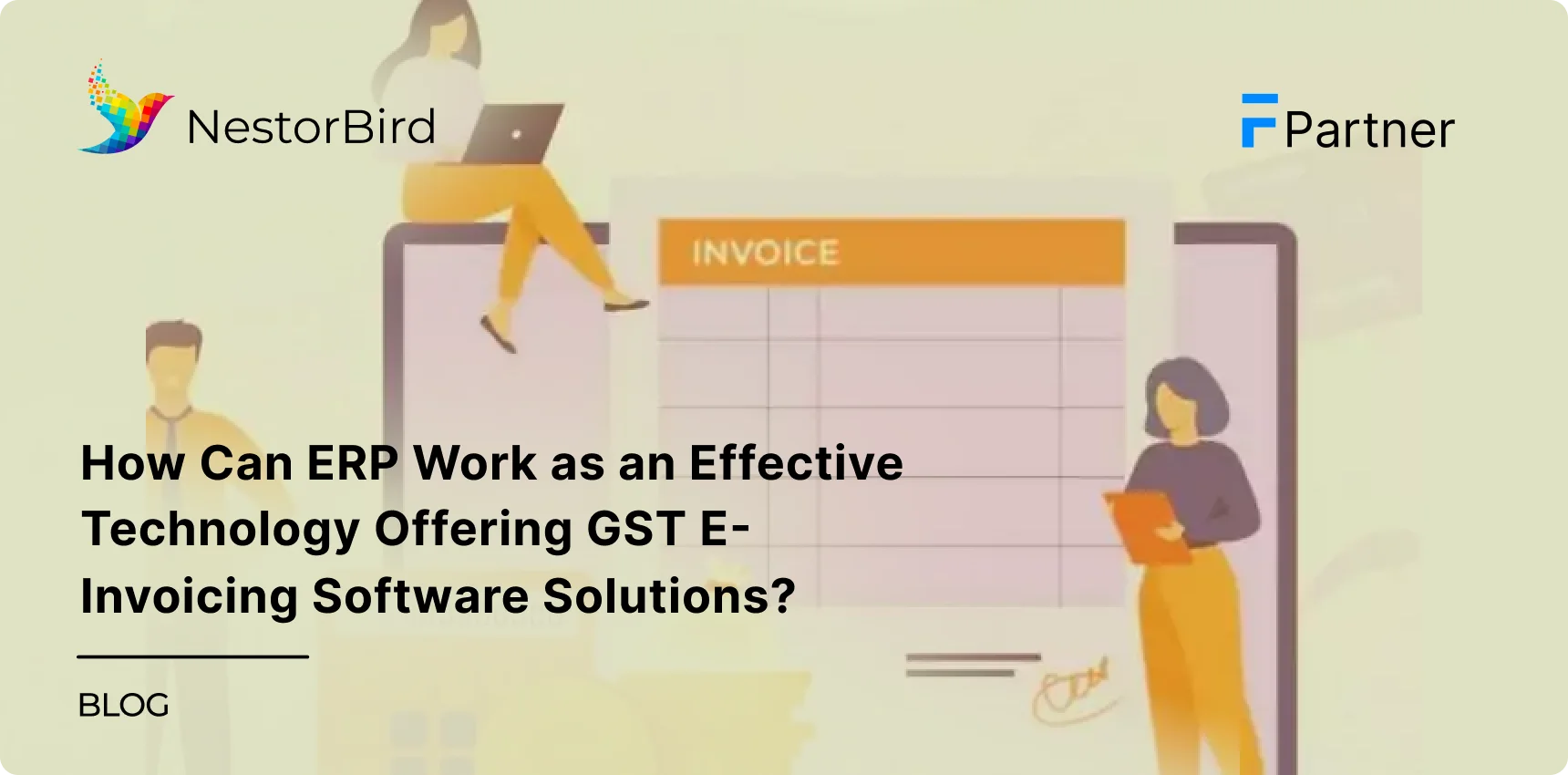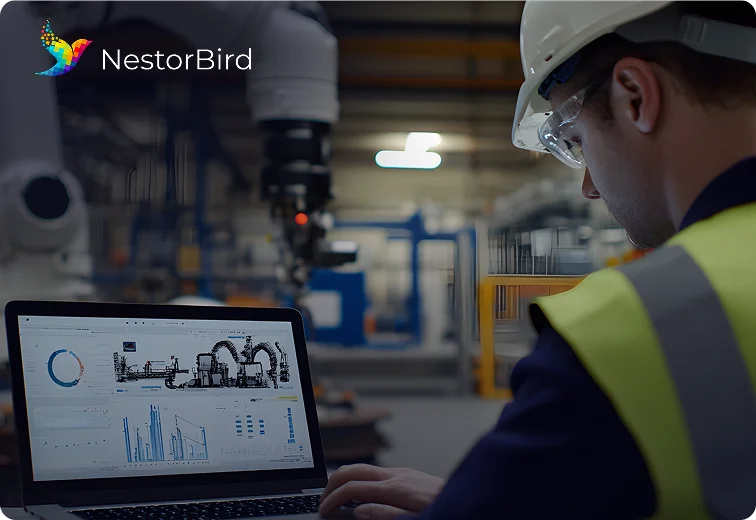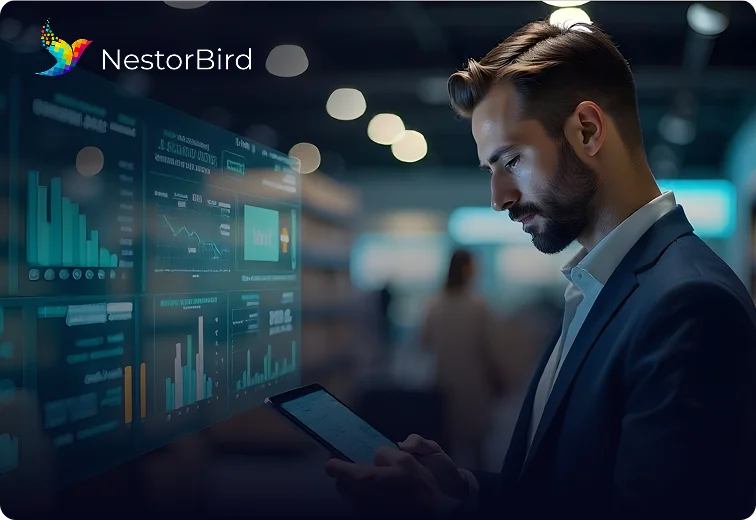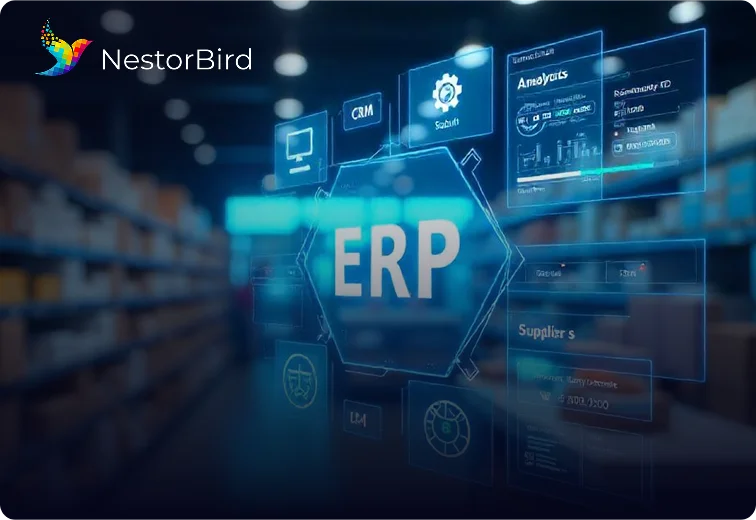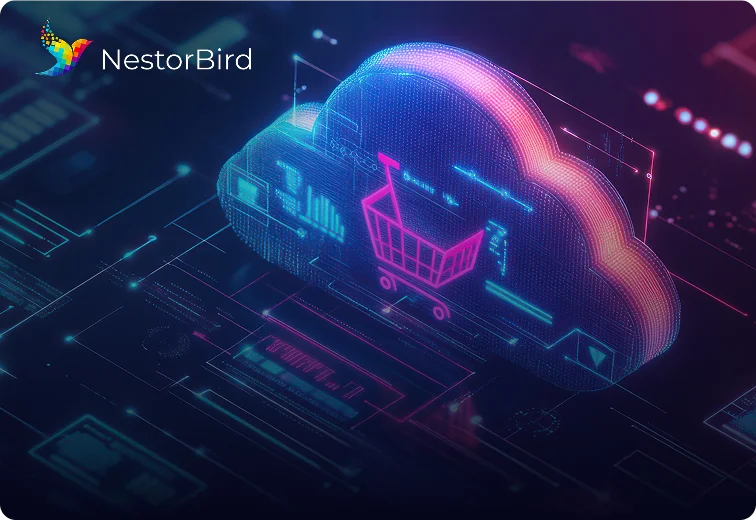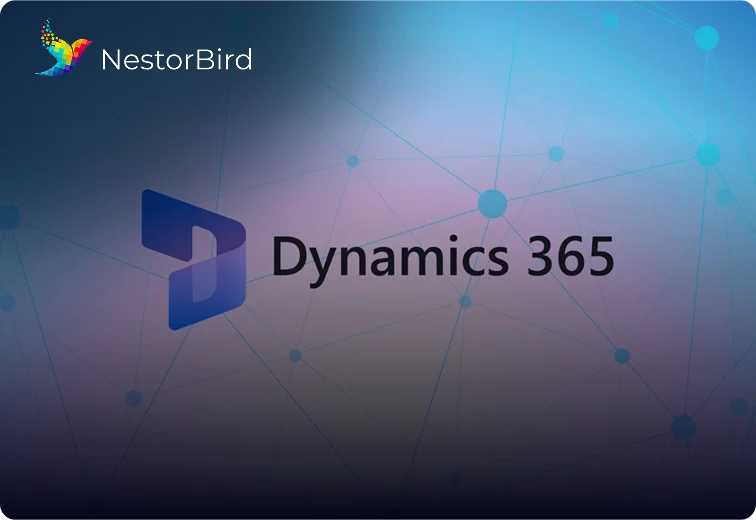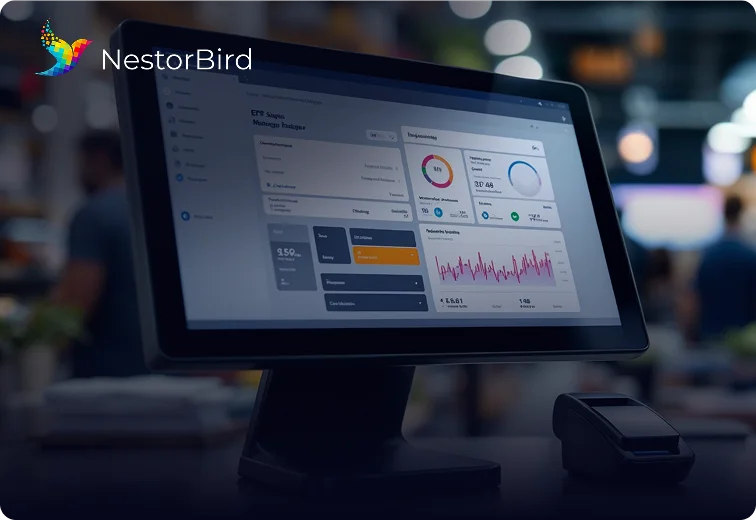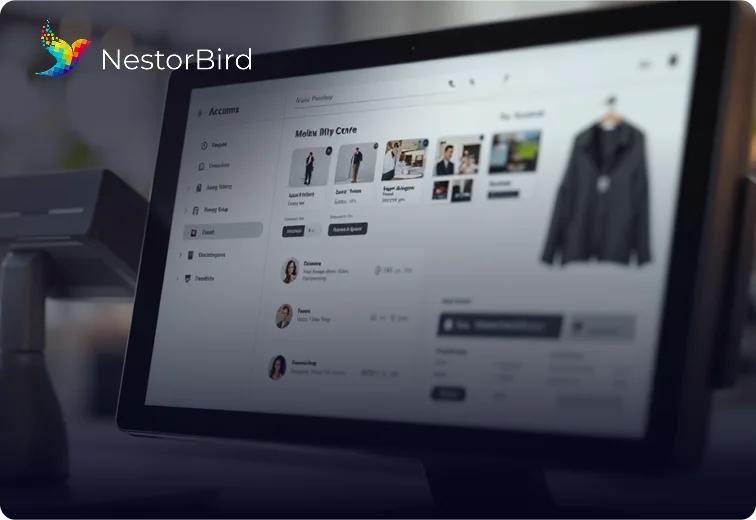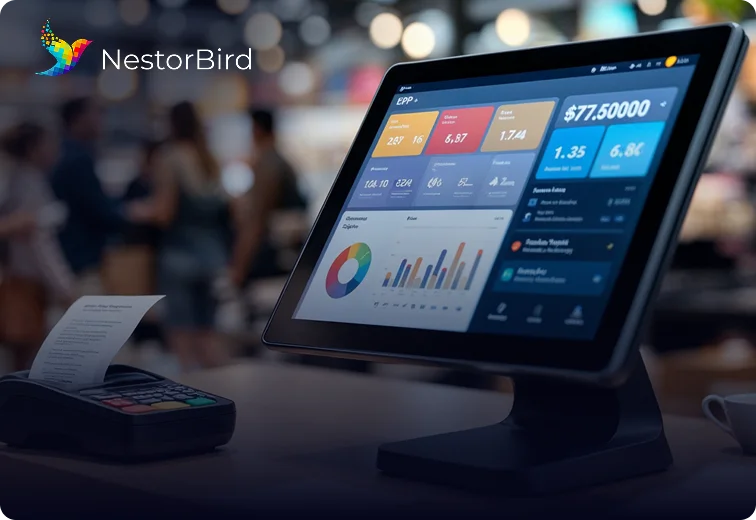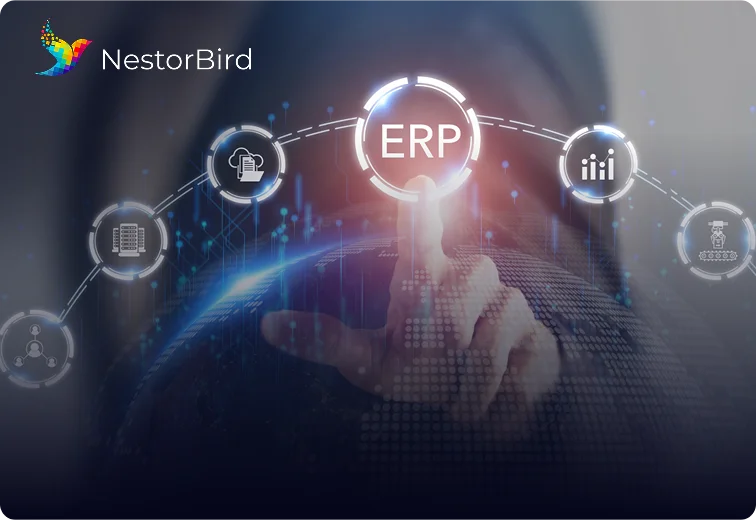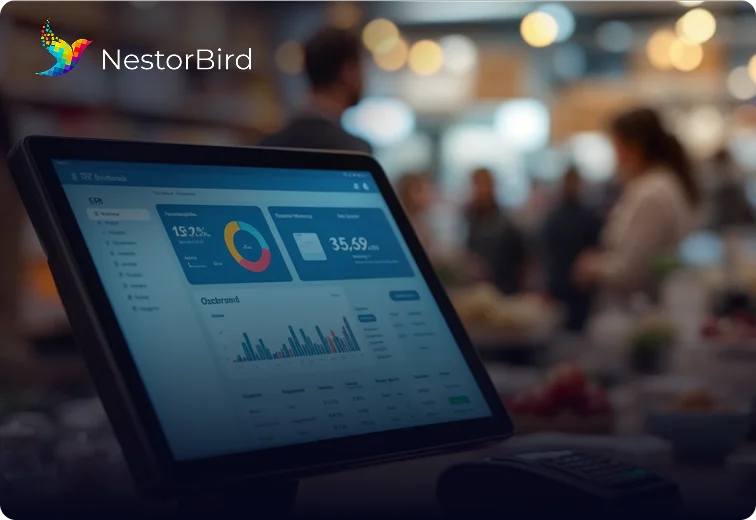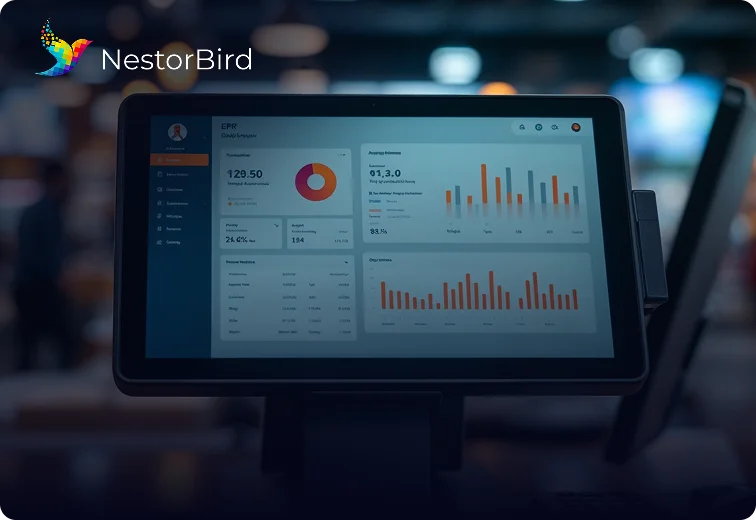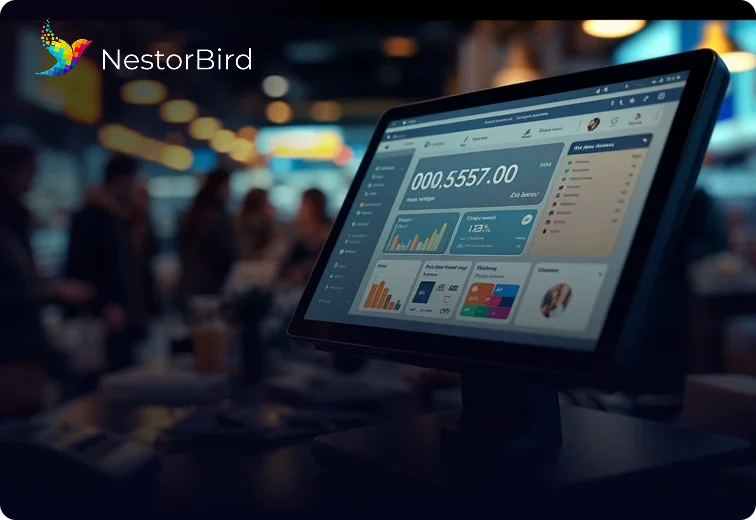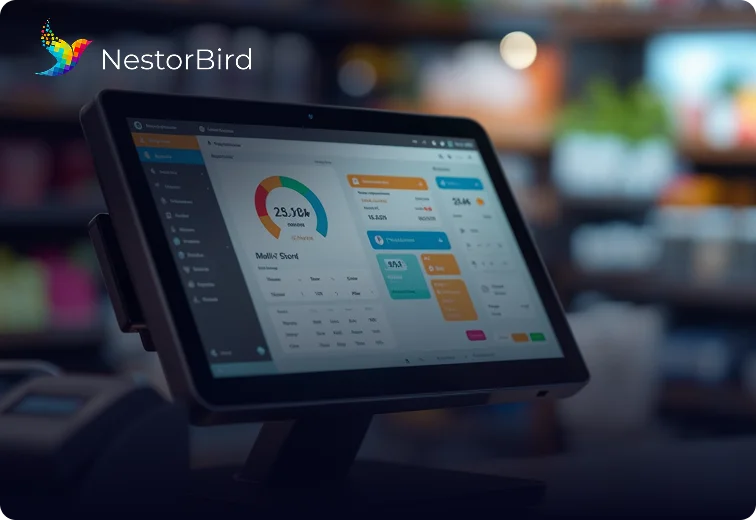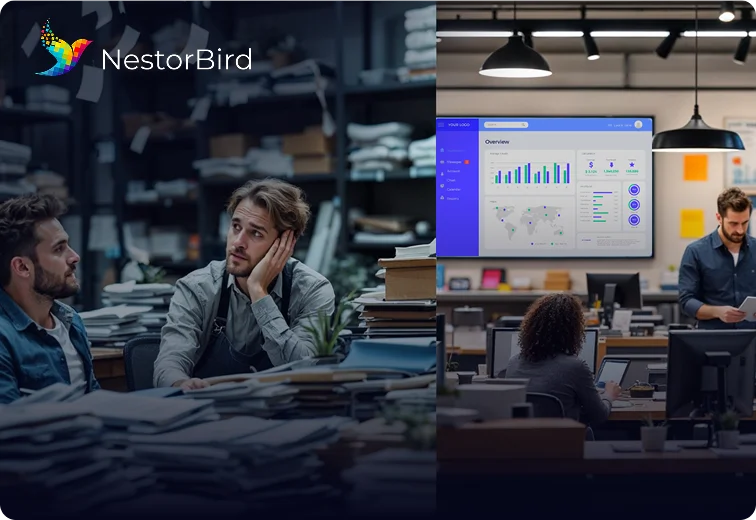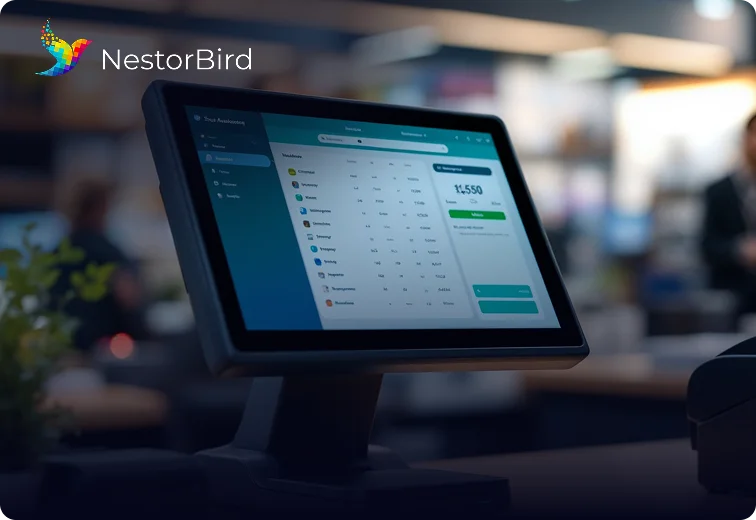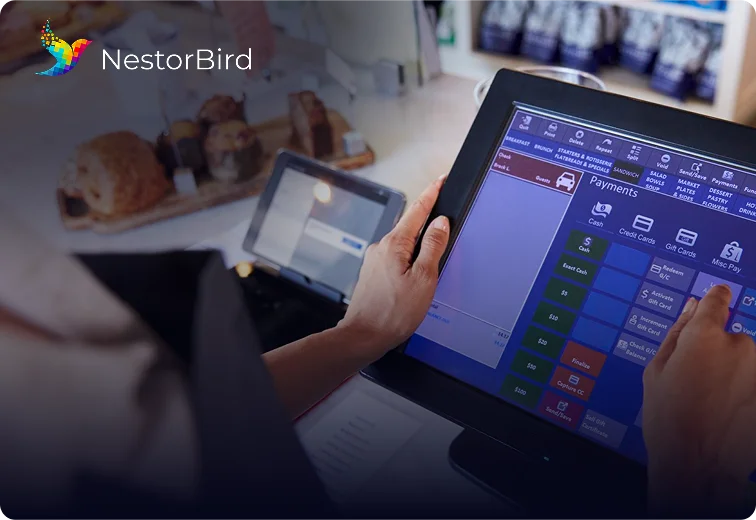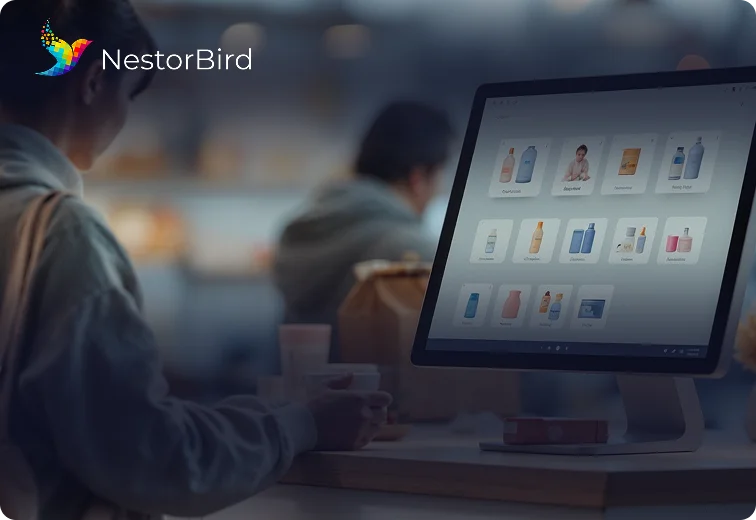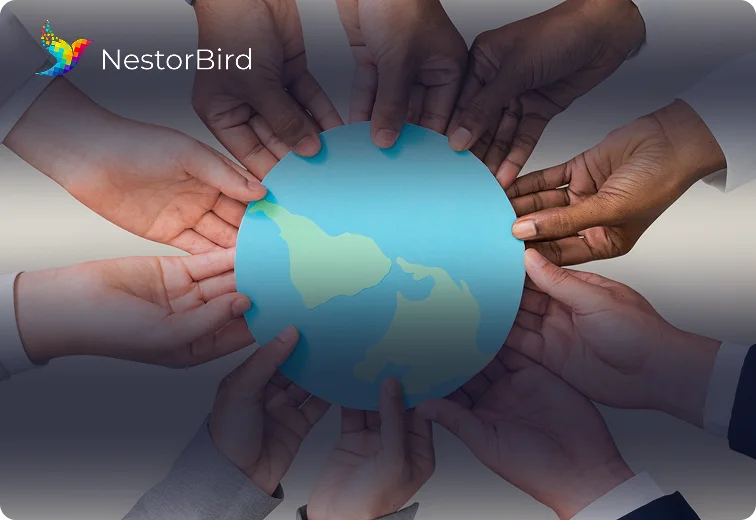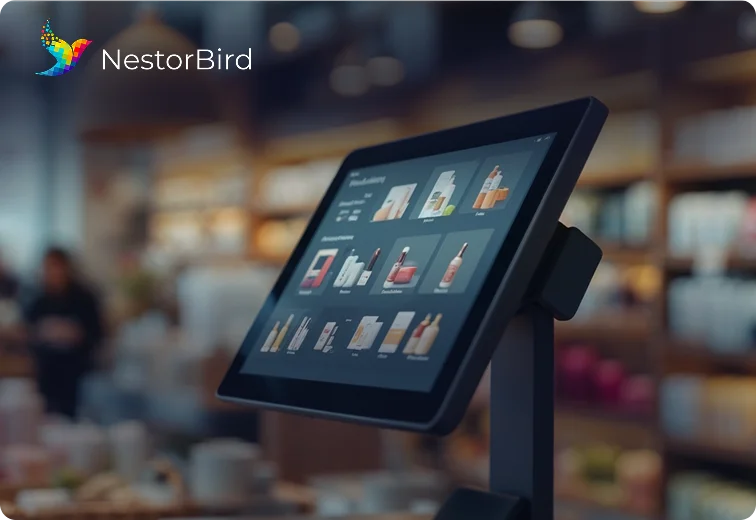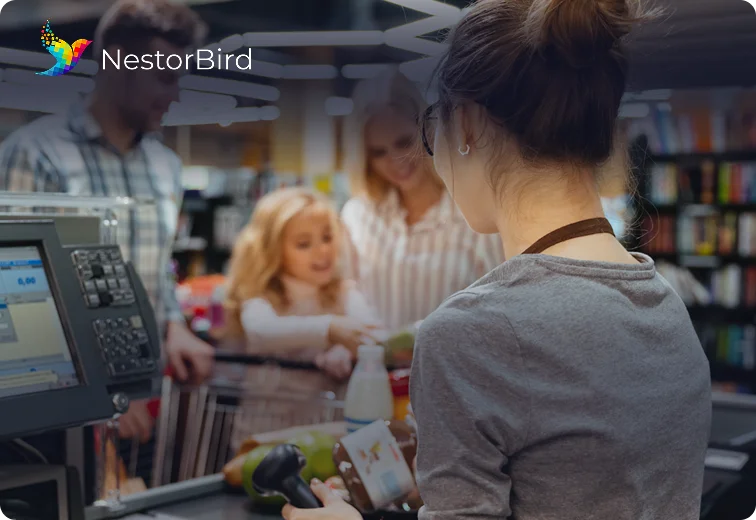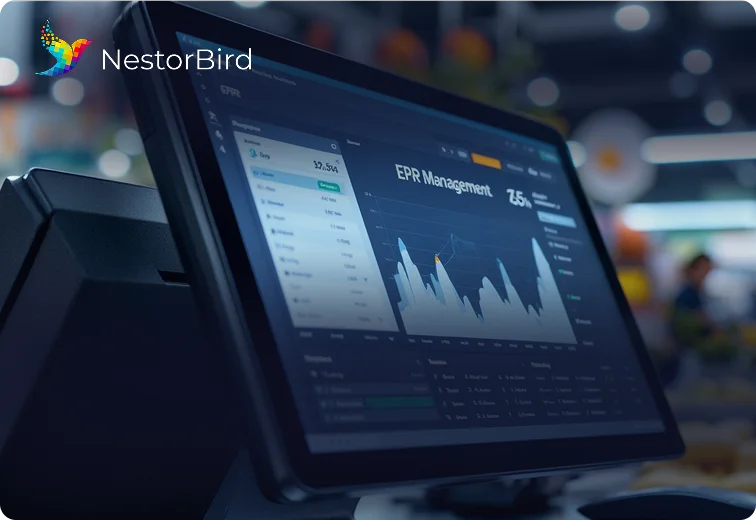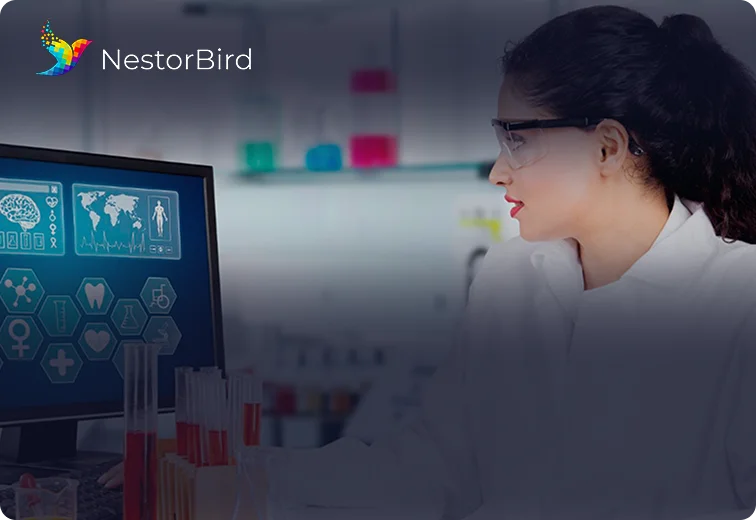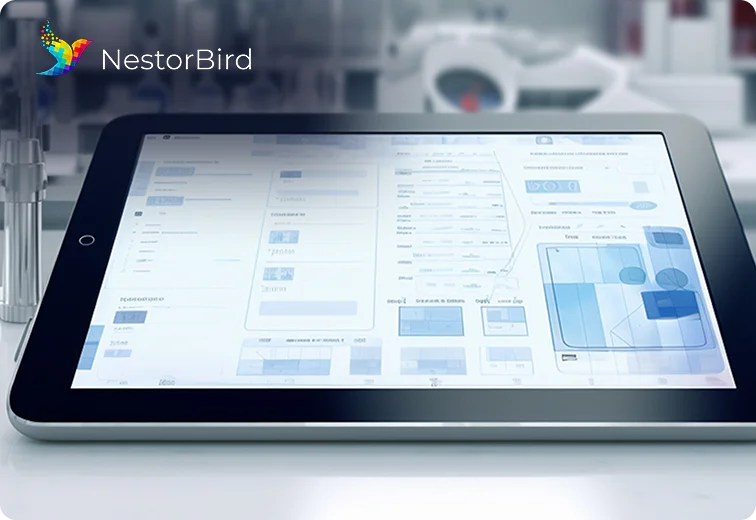Introduction
The government recently announced the fourth phase, which would require enterprises with a turnover of more than Rs 20 crore to submit electronic invoicing beginning April 1, 2022. E-invoicing has been made mandatory for enterprises having a yearly revenue of more than Rs. 100 crore. This went into effect on October 1, 2020.
Exceptions under the GST e-invoicing mandate
Examples of few exclusions are Insurance Companies, Banking Companies, Financial Institutions, NBFCs, Special Economic Zone (SEZ) units, Goods Transport Agencies (GTA), Passenger transportation service providers, and so forth.
Who needs to register for GST e-invoicing ?
The e-invoicing framework applies to the GST enlisted B2B companies whose total turnover in the financial year surpasses Rs.50 crore. From first April 2022, it will apply to those with a turnover of more than Rs.20 crore too.
How can ERP offer an effective GST e-invoicing software solution ?
Enterprise Resource Planning (ERP) is business management GST e-invoicing software that enables a company to use a collection of interconnected e-invoicing solutions. It gives you unparalleled visibility into your main business activities.
Nowadays, many businesses optimize processes through enhanced resource monitoring and reporting, database administration and data exchange, and overall improved information systems. ERP solutions enable your company to grow without incurring additional IT or labor expenditures.
ERP Features That Will Keep Your Business E-Invoicing Compliant
Speak about an e-invoice, it is a standardized invoice that is provided electronically. E-invoices include structured invoice data and may be automatically loaded into the purchasing organization’s accounts payable system. They usually feature a graphical representation of the invoice date.
Invoices may be provided swiftly and in real-time online, and input tax credits can be handled more rapidly, providing a better experience for you and your buyers. You may get paid faster since you can send the e-invoice to your customer instantly, and paying it is also simple and quick.
When compared to manual records, electronically recorded data is more secure and prone to fewer mistakes. With the correct system to validate invoices, trade can be considerably enhanced and fair competition can be fostered. It will also decrease the opportunity for fraud.
- Requirements for security
Cloud-based ERP/accounting software for e-invoices under GST has grown in popularity in recent years. However, one of the few cons of employing a cloud-based system for your organization is that your data will be held by a service provider. As a result, you must take prudence while selecting ERP/accounting software. Examine your GST E-way bill software service provider’s security procedures and data rules in depth.
- Identifying and handling transactions correctly
All invoices must be created in the usual e-invoice format. The Invoice Registration Portal will produce and validate a unique Invoice Reference Number (IRN) for each invoice (IRP). Your ERP will generate the e-invoice, converting it to JSON file format, and uploading it to the IRP separately for validation.
To categorize your bills depending on the tax category specified by the client when an e-invoice is issued, your system must interface smoothly with the e-invoicing system. For example, if you create an invoice for an international customer, your system should immediately categorize it as an Export depending on the kind of tax supplied during invoice production.
- Modifying APIs to fully integrate with the e-invoicing system
Your ERP/accounting system must link to the IRP system for easy data exchange. Your system must be capable of identifying and validating the information exchange with the IRP, as well as ensuring that the invoices generated are e-invoice compliant.
- Invoicing management
You should be able to link the IRP-validated invoices to your accounts payable and receivable modules using your ERP/accounting software. This will assist you in making your payments on time. If you want to claim Input Tax Credit (ITC) on invoices, you must make the payments within 180 days after the invoice generating date.
How Nestorbird ERP Solutions Is The Best GST E-Way bill Software Solution?
Nestorbird ERP has the capacity of generating E-Invoicing. When Nestorbird ERP is in use, there is no need for any additional integration or add-on for E-Invoicing. The integrated accounting GST e-invoicing software will remove the manual process of E-Invoicing by immediately linking the POS with the E-Invoicing site (IRP) and creating the IRN and QR code, takes it all.
Some of the benefits NestorBird provides to its users are:
- Dual validation from our POS and IRP to prevent human mistakes and provide 100% Tax Complaint e-invoicing in tally Instant IRN and QR code creation while making e-invoicing in tally right in the POS
- View IRN and QR code created at any moment, even after days.
- Process flow has been reduced. separating the stages of preparation, downloading, uploading, and so on.
- By immediately sending the bills to IRP, you may avoid mismatches and inaccuracies.
- TFA-only interface for managing pending, failed, and successful E-Invoices.
The Bottom Line
In a word, e-invoicing is the electronic certification of a tax invoice created by a company’s current invoicing, accounting, or e-invoicing system. When an invoice is validated by the Invoice Registration Portal (IRP), it is granted a unique invoice registration or invoice reference number (IRN). This number is later used to cross-reference transaction data when a taxpayer files GST returns. It also connects to the e-way bill gateway, allowing for speedier movement of goods and fewer checkpoint pauses.There is no other feasible and transparent GST e-invoicing solution other than opting for the most effective ERP solutions.


